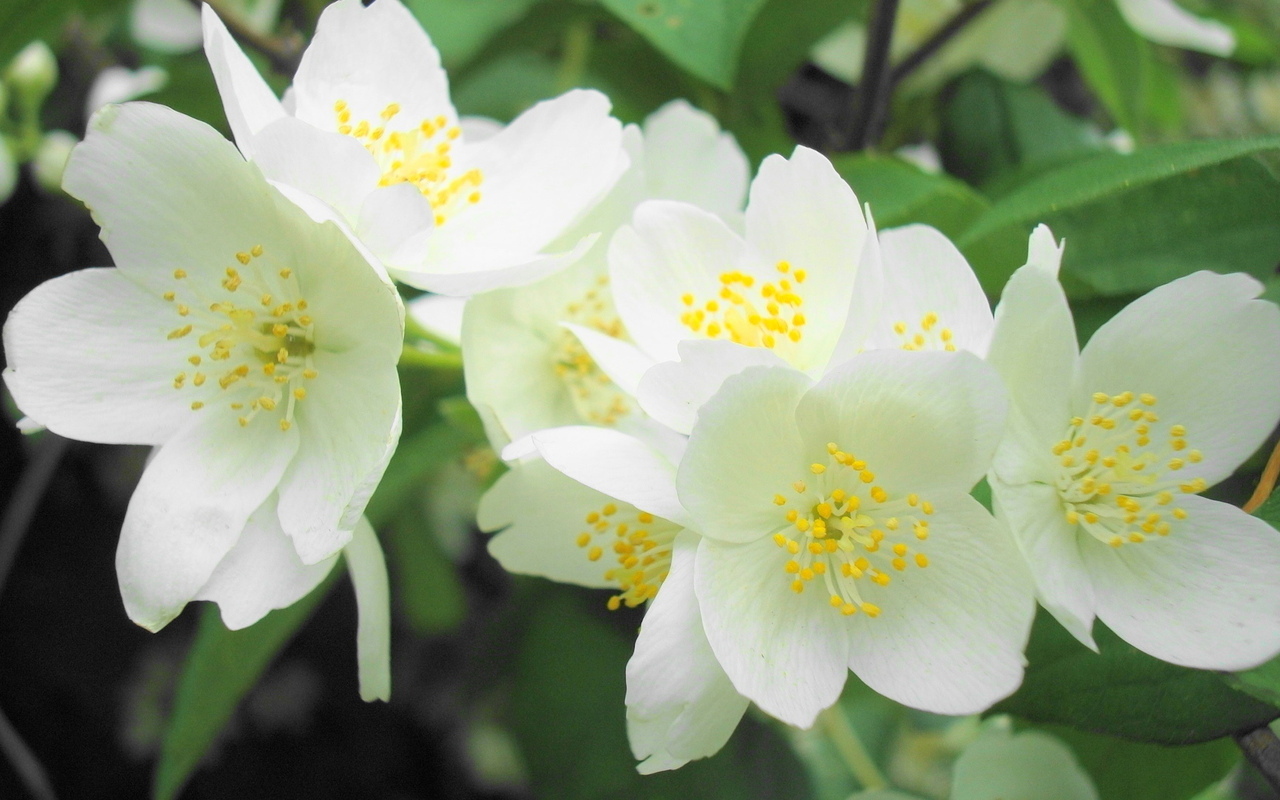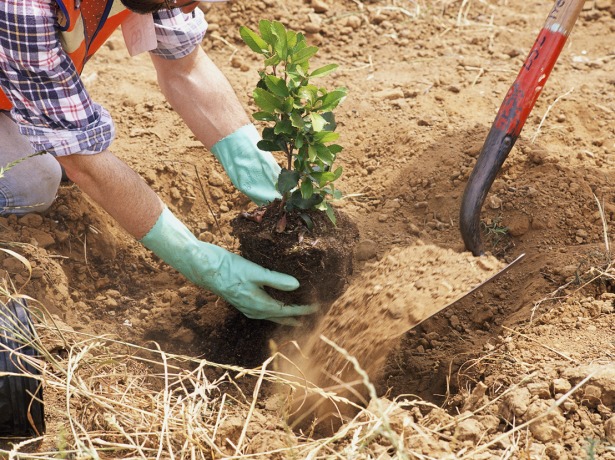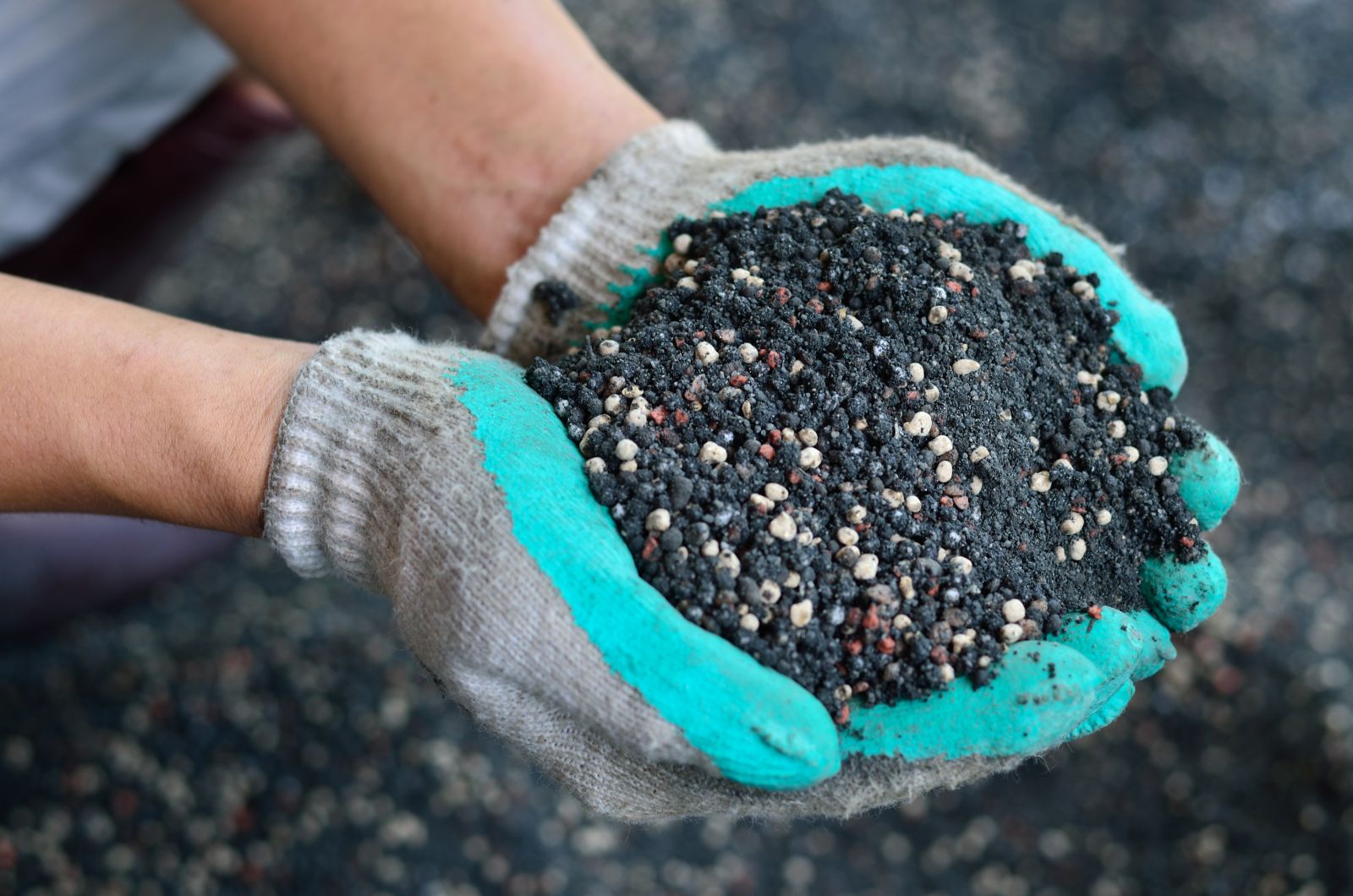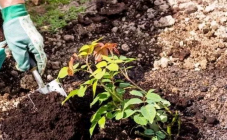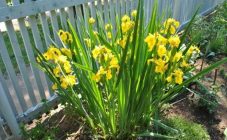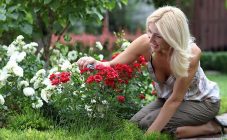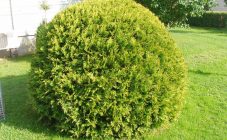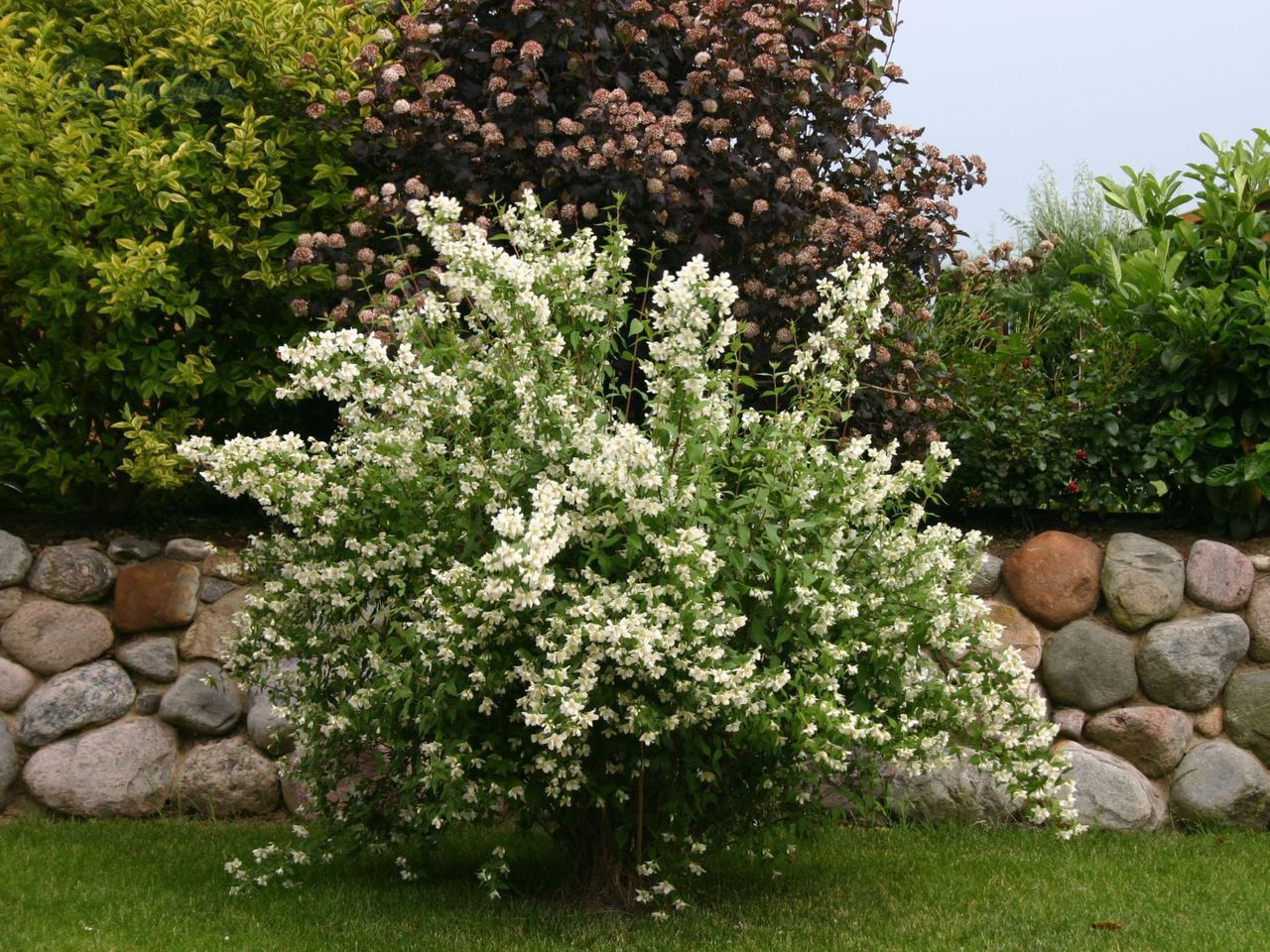Jasmine is a crop that is very popular with gardeners. This popularity of jasmine is due, first of all, to the beautiful flowers and wonderful aroma that it presents during flowering. In addition, it is quite unpretentious to weather conditions, it is quite easy to care for it. There are a lot of garden varieties of this plant. Its flowers are mainly white, yellow and pink. In addition to garden varieties of crops, there are indoor varieties that are grown at home. Sometimes it is also compared to the jasmine plant of the chubushnik.
The need to transplant jasmine can arise for various reasons, for example, garden trees block access to the sun's rays, and you need to move it to a more sunny place, or there is a need to re-plan the arrangement of plants in the garden area. It is still better to think over the location of the jasmine in advance, before it is planted.
Transplant process
Training
Before transplanting jasmine, you should consider the following factors:
- Season. For jasmine transplantation, the autumn or spring periods are considered the most suitable. When to replant jasmine most effectively, in spring or fall, different gardeners think differently. If in spring, then you need to guess the time when active sap flow has not yet begun (April). If you transplant jasmine in the fall, then this should be done at the moment when the plant has already slightly renewed its supply of nutrients after flowering. This is usually the first half or mid-October. The rest of the months are not good for replanting jasmine. It is not recommended to replant jasmine in summer.
- New place. Make sure that the new location where the plant will be transplanted is sufficiently well lit. In addition, jasmine does not really like soil with a high water layer.
- Plant age. If there is an assumption that a jasmine transplant may be required in the future, then it is better to do it earlier, because the older the plant, the more difficult and longer it will be to recover after transplantation. If during transplantation, for example, in the Moscow region, a 7-8 year old plant will simply recover for a long time, then in colder climates it may even die.
Transfer
Before starting a transplant, you must first prepare a new place:
- To do this, you need to dig a hole. Its diameter, as well as its depth, should be sufficient so that the root system of the bush can be easily placed, it is advisable to make it even a little larger.
- Fertilizers must be placed in the prepared pit. To do this, you need to use rotted manure or highly diluted mullein (in a ratio of about 1:15). It can be mixed with soil. In addition, superphosphate or wood ash must be added (about 2 handfuls).
- Pour a bucket of root water into the hole and let it soak for about 30 minutes.
After the new hole is ready, the moment comes when you can transplant the jasmine bush to another place:
- You can remove some of the shoots, this will help the plant to settle down more easily in a new place, as less nutrients are required to restore.
- Those branches that remain must be tied together with a rope so that it is convenient to transplant.
- Next, you should water the soil very well so that it softens, and it becomes possible to dig up the plant as painlessly as possible. This will require at least 5-6 buckets of water. This volume should not be poured out immediately, but gradually topping up, about 1-2 buckets each as moisture is absorbed into the soil.
- Now you need to dig up the roots of the plant so as to damage them as little as possible. To do this, you need to dig out the jasmine roots from all sides around the bush as carefully as possible. Then chop up small roots and gently shake off the ground with your hand.
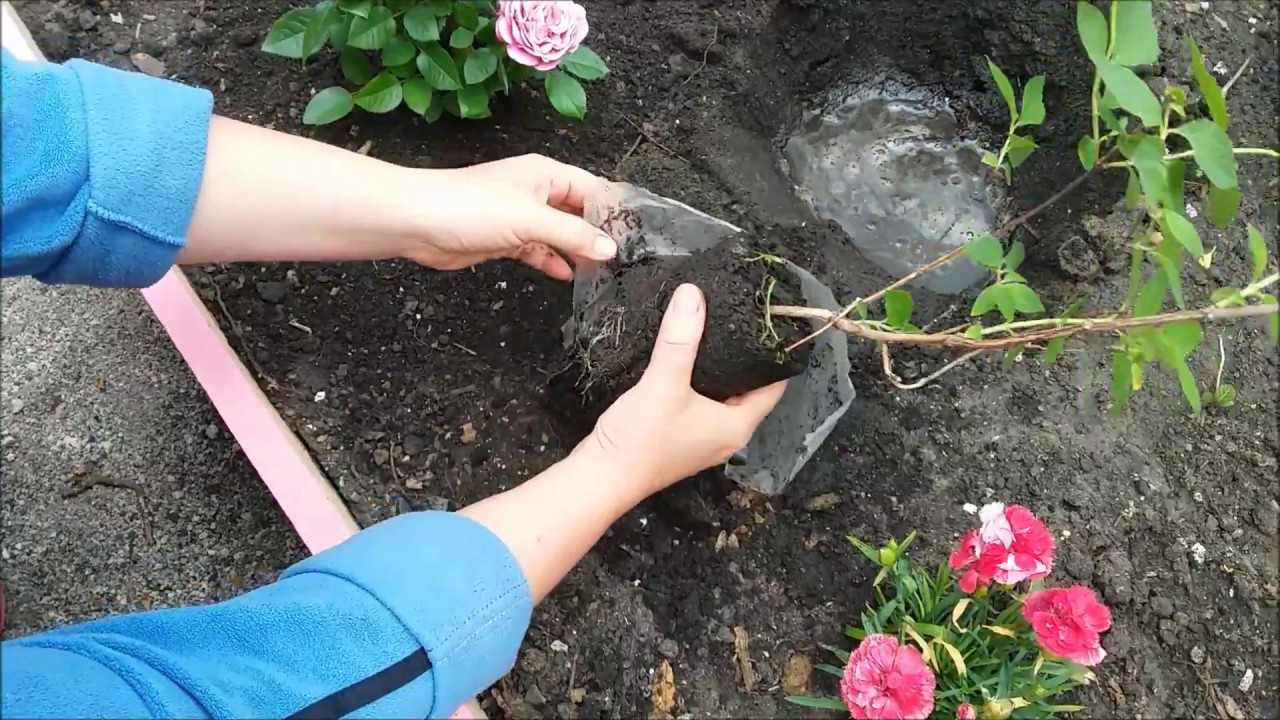
It is necessary to transfer to a new place and place in a previously prepared hole, cover with earth
- Then carefully remove the jasmine bush from the ground, transfer it to a new place and place it in a previously prepared hole, cover it with earth.
- Water the plant, sprinkle with bark or needles.
Plant care
Top dressing
For feeding, you should use both mineral fertilizers and organic ones.
Mineral fertilizers can be a superphosphate solution in the following ratio: 10 liters of water, 30 g of superphosphate, 15 g of urea and 15 g of potassium sulfide. This solution can be applied around the beginning of May. After flowering, it is also recommended to feed the jasmine with potassium and superphosphate.
Organic fertilizers should be applied to the soil once a year. For this, manure is used, diluted with water in a proportion of not less than 1:10.
Watering and loosening
Watering jasmine should not be done too often. On average, twice a week will be enough. During the flowering period, it is advisable to try to water the bush every day. Several times a season it is recommended to loosen the soil so that oxygen and moisture can better penetrate the roots.
Pest control
Jasmine is a plant that is little affected by harmful insects and microorganisms. It is most commonly affected by aphids and spider mites. Aphids mostly attack young shoots and leaves. She actively reproduces on them and drinks juice, which leads to drying and curling of the leaves.
Spider mites are difficult to spot on leaves, but spider webs on the bottom of the leaf or on shoots give them away. They, like aphids, feed on plant sap.
You can protect yourself from both of these pests with insecticides. Processing should be carried out twice, with a break of 7-10 days.
In addition, in some cases, this crop can be affected by root rot. To get rid of it, you need to take care to reduce the humidity. To do this, you must either reduce the amount of watering, or, if the problem is in the wrong place, transplant the bush.
The need for a transplant can arise for various reasons. However, it should be done if there is reason to believe that it will do more good than harm, because this procedure is always painful to varying degrees.
